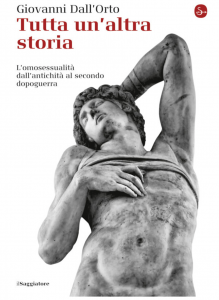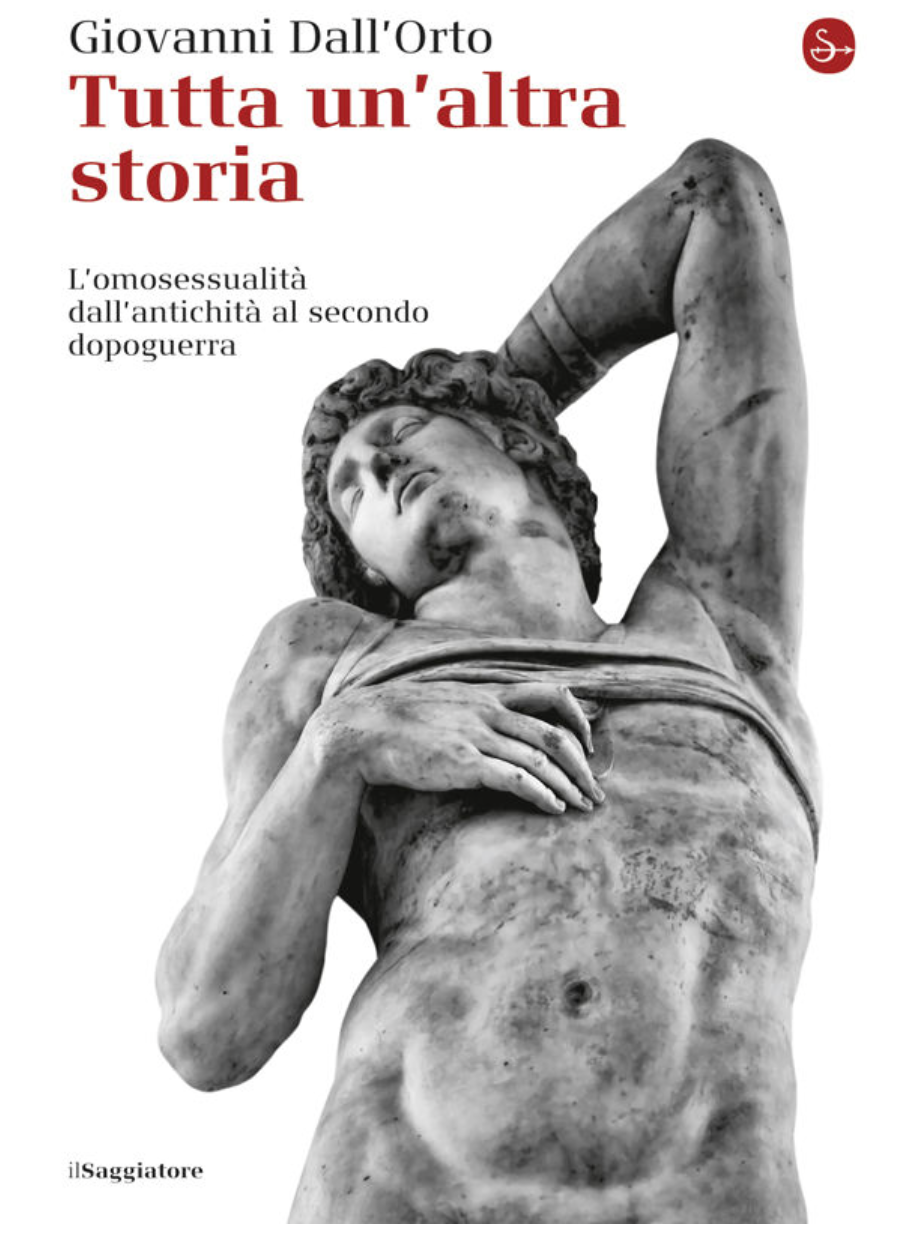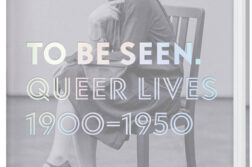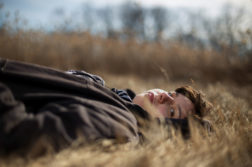 WHILE I PREPARE for the first ever gay history and art tour of Italy (click here for more information), which I’ll be leading in five weeks, I’m finding even more amazing material about Italy’s gay history than I already knew existed.
WHILE I PREPARE for the first ever gay history and art tour of Italy (click here for more information), which I’ll be leading in five weeks, I’m finding even more amazing material about Italy’s gay history than I already knew existed.
The latest treasure trove is coming from a new book by one Giovanni Dall’Orto called Tutta un’altra storia: L’omosessualità dall’antichità al secondo dopoguerra (“A Whole Other Story: Homosexuality from Antiquity to the Post-WWII Period”). The focus of the book is the Italian Middle Ages and Renaissance, which turns out to be an even richer source of gay history and art than we imagined. Take Pacifico Massimi (1406-1506) who wrote poems in Latin that talk about his experiences as a pretty and promiscuous boy (an enthusiastic bottom), the size of his penis (disappointing), his wife’s complaints about his sexual tastes (sodomitical)—all subjects that occur in no other Renaissance poet that I’ve encountered. What’s more, Dall’Orto quotes his original sources extensively, so you get to read, for example, Saint Bernardino of Siena’s humorless, brutal, homophobic sermons and Machiavelli’s correspondence with his friends about their very varied sexual tastes and experiences.
Dall’Orto argues in essence that medieval and Renaissance “sodomites” were the same thing as today’s gay people. This argument is not entirely successful, and he ignores contrary evidence. For instance, he counts Shakespeare as a sodomitical poet, but Shakespeare, in the Sonnets, wrote to both a “fair youth” and a “dark lady”; his authorial persona cannot be said to have a sexual identity. One wonders if this may be true of some of Dall’Orto’s Italian poets, who may simply have been following the Classical model of courting both women and adolescent boys—but not adult men—as objects of desire. On the other hand, Dall’Orto does present evidence, like Massimi’s poetry, for a nascent sense of sexual identity in Renaissance Italy, where at least some men saw themselves as “sodomites,” men who found only males (generally adolescent ones) sexually appealing.
In fact, I think Dall’Orto makes the case (without realizing it) that Italy played a key role in the development of modern sexual views and practices. In the history of sexuality, the standard view is that modern sexual identities arose in the 18th century along with many other aspects of modern personal identity, such as nationality. The first evidence for men whose sexual practices and identities seem similar to modern ones comes from the so-called Molly Houses of 18th-century London and Amsterdam. But what if modern sexual identities started forming, like many other aspects of modern life (e.g., private property) not in 18th-century England but in 13th- to 15th-century Italy?
This is a question that I’ll be investigating further—and one that I’d like to explore with the tour group that’s poised to visit Italy next month. Who knows? Perhaps we’ll be able to get Giovanni Dall’Orto to address the group and share his insights into homoerotic Italian history and art.
The launch of Oscar Wilde Tours’ gay history tour of Italy—the first of its kind, ever!—will run from Oct. 9 to 19. There are only three seats left, but time is short, so we’re offering a whopping $1000 discount off the tour price (which includes a $200 donation to The GLR), if booked by September 15.
To take advantage of this opportunity, check out the tour at www.oscarwildetours.com/gay-italy/. For more info, contact info@oscarwildetours.com. Or call 646-560-3205.






